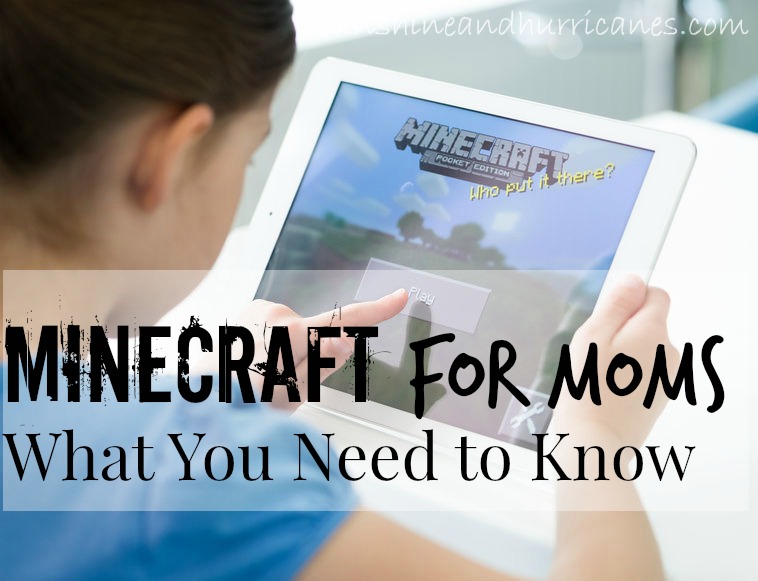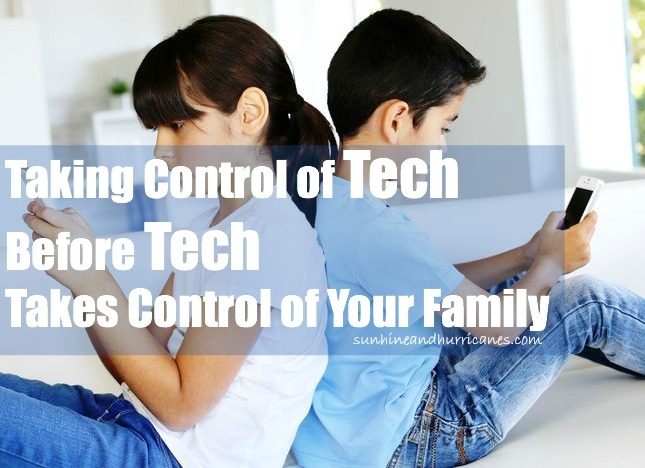How to Support Teachers for 21st Century Learning
Experts weigh in on how administrators can support teachers in implementing collaboration and creativity
Implementing broad concepts like critical thinking and communication may seem like natural next steps to educators, but unless teachers receive support from school policy and infrastructure, providing students with a true 21st century education may not be so easy.
This was a key topic of discussion during a recent Connected Educator Month webinar, hosted by the Partnership for 21st Century Skills (P21) and EdLeader21—a national network of school and district leaders focused on integrating the 4Cs into education.
The 4Cs–communication, collaboration, critical thinking, and creativity–are part of P21’s mission to help educators teach students 21st century skills. Webinar panelists said this task can’t be accomplished without support from school administrators in the way of space design, instructional practices, and school policy.
Dana Strother, chief academic officer at Douglas County School District in Colorado, said her district “looked at Bloom’s Taxonomy and vetted our state’s standards through the taxonomy” during an evaluation of instructional practice.
“Areas that were lacking we improved through what we call ‘World Class Outcomes,’ and instructional design that allows for the 4Cs. We also provided CIA curriculum and instruction alignment and wove authentic learning experiences into the curriculum for support,” she said.
The district also made it a priority to provide supporting infrastructure through district policy on risk-opportunities.
“It’s important to let teachers know, in various ways, but also through policy, that we support risk-taking opportunities, or new strategies, projects, or professional development opportunities that may be new or unique,” she said.
For example, Douglas County lets teachers experience inquiry-based professional development opportunities in order for teachers to learn through the same practices they’re expected to teach students.
“We’re asking teachers to incorporate new kinds of teaching that include the 4Cs, so why should teachers in turn be taught in a different manner? Sometimes by thinking outside of the box and going against traditional methods, especially from an administrator standpoint, the results are better,” Strother said.
Randy Fielding, chairman and founding partner of educational facilities planning and architectural design firm Fielding Nair International, said he believes school design also factors heavily into incorporating the 4Cs into a student’s daily life.
Fielding’s design firm tries to incorporate 20 “learning modalities” into school design, which include concepts, such as Independent Study, Peer Tutoring, Team Collaboration, and One-on-One Learning, to support the 4Cs of instruction.
“To have a truly 21st-century school, you have to inspire organic collaboration, critical thinking, creativity, and communication, and focusing on design can help.”
“To have a truly 21st-century school, you have to inspire organic collaboration, critical thinking, creativity, and communication, and focusing on design can help. For example, you could have a ‘watering hole’ space off hallways where students could casually converse; you could have a ‘cave space’ where students could reflect for independent thinking; and you could have a ‘campfire space’ where everyone gathers to collaborate,” Fielding said.
Panelists emphasized that it’s also important for administrators and teachers to understand that instruction focused on the 4Cs doesn’t just work for certain kinds of subjects, students, or teachers.
“The 4Cs work for every kind of student and teacher in classrooms across the country,” said Donna Harris-Aikens, director of Education Policy and Practice at the National Education Association (NEA). “It’s less a series of requirements and more just authentic learning. For example, a math class could use its English and design skills to help draft a proposal to help senior citizens in their community make their homes more accessible. For this kind of project, you need the 4Cs in STEM, English, and community service.”
Fielding said it’s important that school and district leaders support teachers in working together to develop collaborative projects for their students.
One of the schools his firm works with has a student-run lunch program through which students negotiate with local farmers. They serve the week’s menu selections on carts around the school so students can taste-test their creations. Students in the program generate quarterly reports on profit and loss, and send those reports off to the school board.
“Students get credit for working in this program, which essentially teaches them collaboration skills, analytical skills, and even creative skills, thanks to cooking,” he said.
However, panelists said that there are still barriers for teachers who want to pursue the 4Cs, including getting first-world experience on how to actually teach broad concepts like creativity.
“That’s why we introduced the Creative Innovator Network in our district, which allows teachers to collaborate with not only their peers on different projects, but also local businesses to brainstorm ideas on how students can better serve the community,” said Strother. “We also bring students into the teacher professional development sessions to hear their voice and how they enjoy learning, so that teachers can adapt their instruction.”
“The biggest barrier for teachers is time,” said Harris-Aikens. “Finding time to make everything work effectively and collaborate is hard, especially because planning, or collaborating, time needs to be on a consistent and continual basis. Students also need a large amount of time to work on these projects, and to have time flexibility in case they make mistakes, as well. Administrators need to make sure teachers and students can have that time in their day.”
For more on this topic, watch the full webinar.


















































































